Mastering Piano Intervals Music Theory: A Practical Guide for Beginners
Understanding intervals music theory is one of the most important foundations in learning how music works. Whether you're a complete beginner or trying to get better at reading Piano Sheet Music, grasping intervals will transform the way you understand melodies, harmonies, and the structure behind every song.
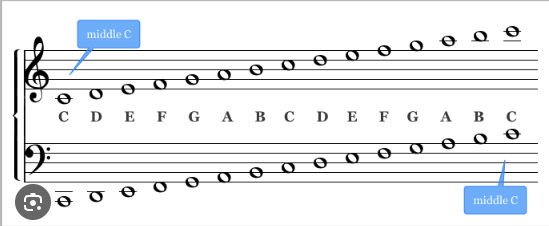
So, what exactly are intervals? Simply put, an interval is the distance between two piano notes. And don’t worry—it’s easier than it sounds.
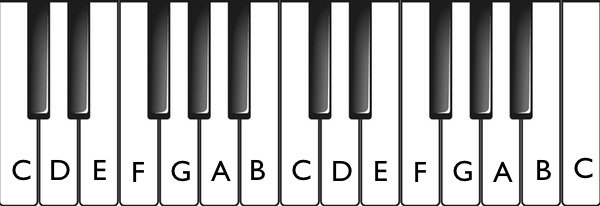
Step 1: Count the Distance Between Notes (Degrees)
Start by identifying the piano note you begin on and count each letter name up to your target note. This is known as the "degree."
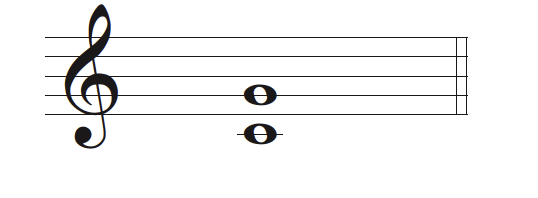
For example:
From C to G → C, D, E, F, G = 5 → That’s a fifth

From E to D → E, F, G, A, B, C, D = 7 → That’s a Seventh
You’re not worrying about sharps or flats here—just the letter names.
Step 2: Use the Piano Keyboard to Count Semitones
After figuring out the degree, it’s time to count how many half steps (semitones) are between the two piano notes. This is where the Piano keyboard becomes your best friend.
Let’s try a few:
From F to C = 7 semitones
From A to F# = 9 semitones
Every key on the Piano keyboard, whether black or white, counts as one semitone step. Just count key-by-key to get the total.
Step 3: Match the Degree with Semitones
Now, take both pieces of information—degree and number of semitones—and match them to determine the interval type. This combination gives you the full identity of the interval: major, minor, perfect, augmented, or diminished.
For example:
F to D = 6th degree + 9 semitones = Major Sixth
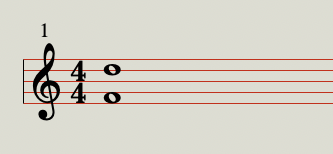
What About Augmented and Diminished Intervals?
Sometimes, the number of semitones doesn’t match the expected amount for a major or perfect interval. This is when intervals become augmented (one semitone more) or diminished (one semitone less).
Examples:
C to F# = 4th degree + 6 semitones → Augmented Fourth
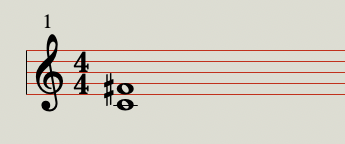
C to F = same degree, but 5 semitones → Perfect Fourth


D to B = 6th degree + 9 semitones → Major Sixth

D to B# = 6th degree + 10 semitones → Augmented Sixth
Understanding these changes helps tremendously when analyzing chords or transposing music from Piano Sheet Music.
Apply It to the Piano Keyboard
Practicing on the Piano keyboard makes these concepts more intuitive. Play two piano notes, count their semitone distance, and name the interval. Do this daily and your ear will start recognizing these distances automatically.
Why Are Intervals So Important?
Learning intervals music theory gives you superpowers as a musician. Here’s why:
1. Improves Sight Reading – You’ll begin to see relationships between piano notes, not just isolated pitches.
2. Essential for Chords and Harmony – All chords are built from stacked intervals.
3. Makes Learning Faster – You'll be able to analyze and memorize pieces from Piano Sheet Music much more efficiently.
Final Thoughts
If you're learning the Piano keyboard, studying intervals music theory is absolutely essential. Master the basics of degrees and semitones, apply them to real Piano Sheet Music, and explore how each piano note interacts with another. It’s not just theory—it’s the framework of all the music you love.











